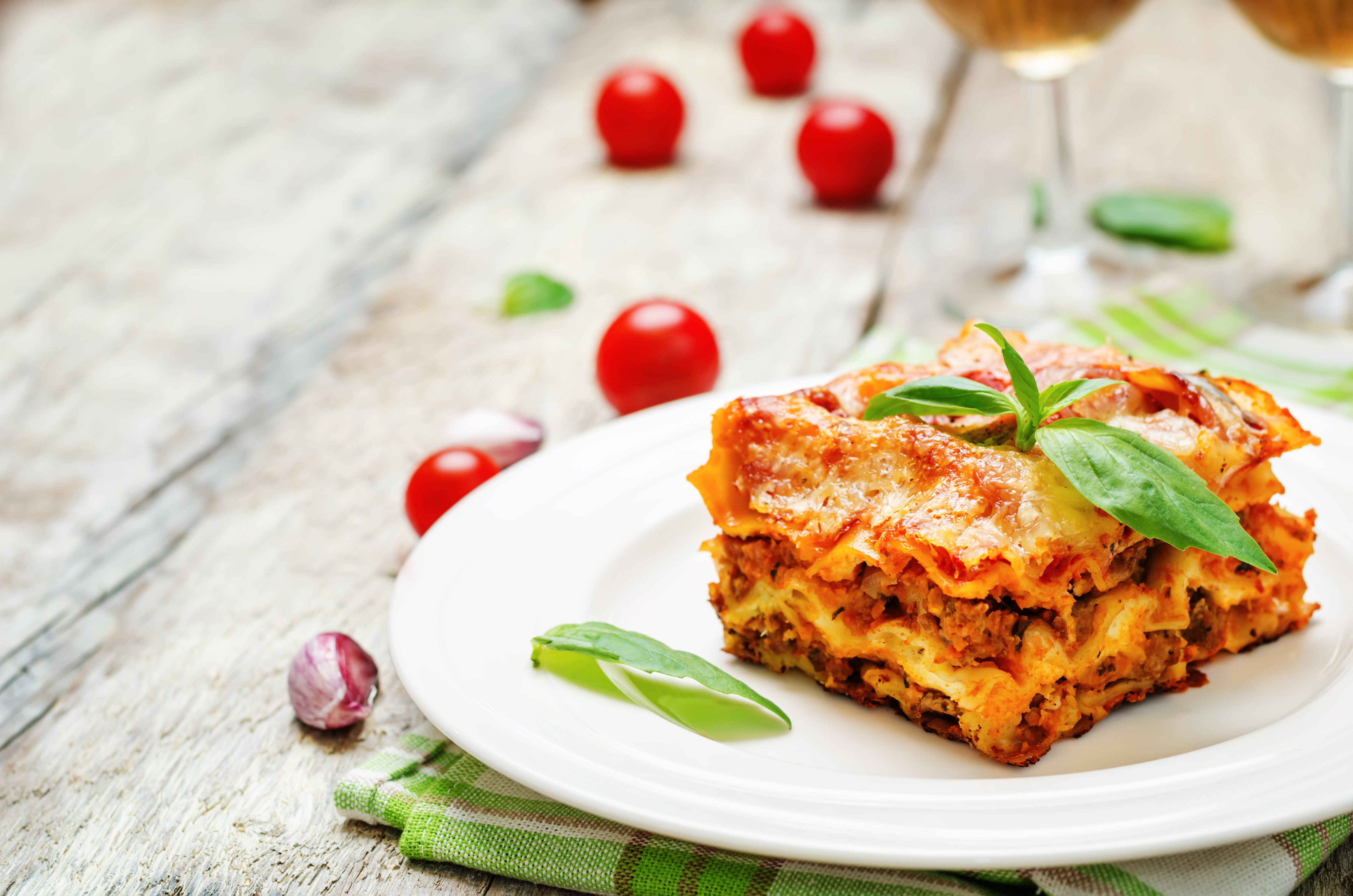
Lasagna, one of Italy’s most iconic and beloved dishes, is a comfort food staple known for its hearty layers of pasta, rich meat sauces, creamy béchamel and melted cheese.
The origins of lasagna can be traced back to ancient Greece and Rome. The word lasagna is believed to come from the Greek term ‘laganon,’ which referred to flat sheets of dough made from wheat and water. These sheets were cut into strips and baked, a technique that bears some resemblance to the pasta sheets used in modern lasagna.
The Romans later adopted this dish, and there are references in ancient Roman cookbooks to ‘lagana,’ which were layers of dough alternated with meat or vegetables. However, these early versions lacked two key ingredients that now define lasagne – tomato sauce and cheese – because tomatoes wouldn’t arrive in Europe from the Americas until the 16th century.
The lasagna we recognise today began to take shape during the Renaissance, particularly in the region of Emilia-Romagna in northern Italy, where the modern use of pasta made with eggs and wheat flour was pioneered. This is also where the celebrated ragù (meat sauce) was developed, a fundamental component of lasagna alla Bolognese, the most traditional form of the dish. Layers of pasta were combined with rich ragù, creamy béchamel and grated Parmigiano-Reggiano, a cheese native to the region.
As tomatoes became a more prominent feature in Italian cuisine, tomato-based sauces gradually made their way into lasagna recipes, especially in southern Italy. This shift was most notable in Naples, where lasagna was made with a tomato sauce, ricotta and mozzarella, rather than béchamel, giving rise to lasagna alla Napoletana, a variation that remains popular to this day.
In Emilia-Romagna, the dish is typically made with green spinach pasta and ragù, while the southern regions, especially Campania, favour a more robust, tomato-based version often containing sausage, meatballs or hard-boiled eggs.
In Sicily, lasagna might include ingredients like pesto or aubergine, while in the region of Marche, wild boar or game might be used in the meat sauce.
Today, lasagna enjoys global fame as one of the most popular Italian dishes. From its origins as a simple layered dish of pasta and meat in ancient Rome to the modern versions featuring béchamel, tomatoes and cheese, lasagna has become a symbol of Italian comfort food, beloved in homes and restaurants worldwide.





